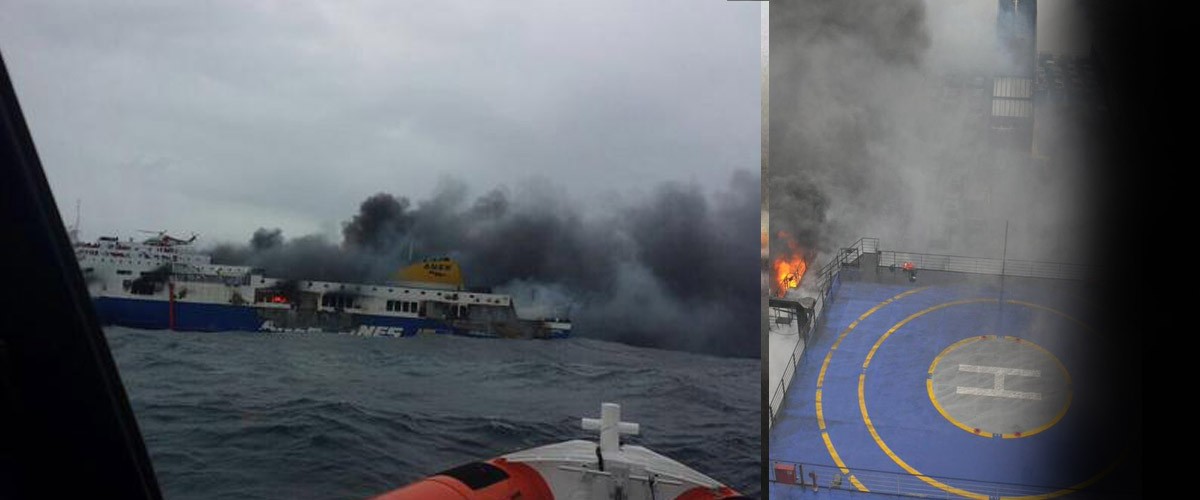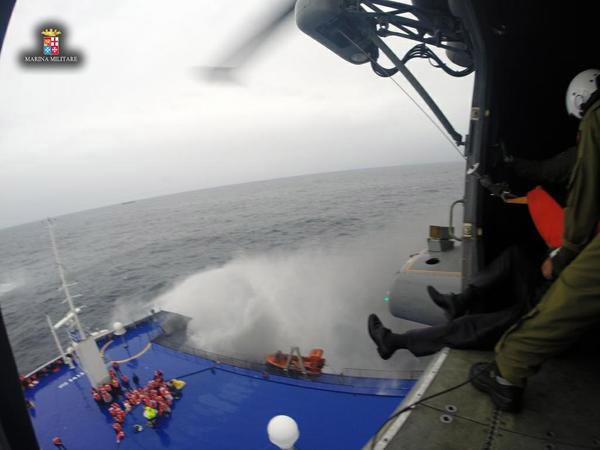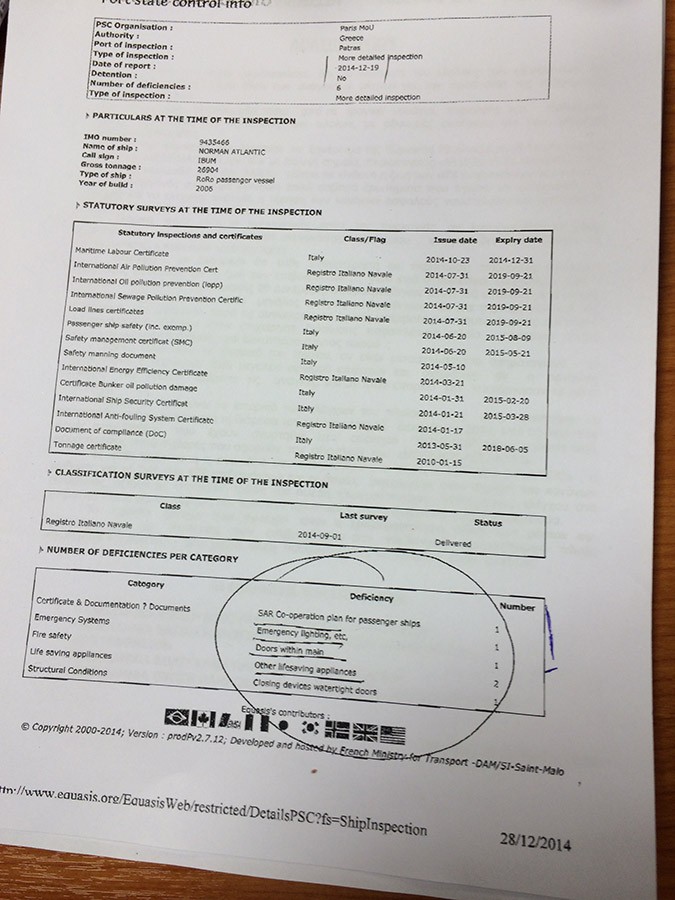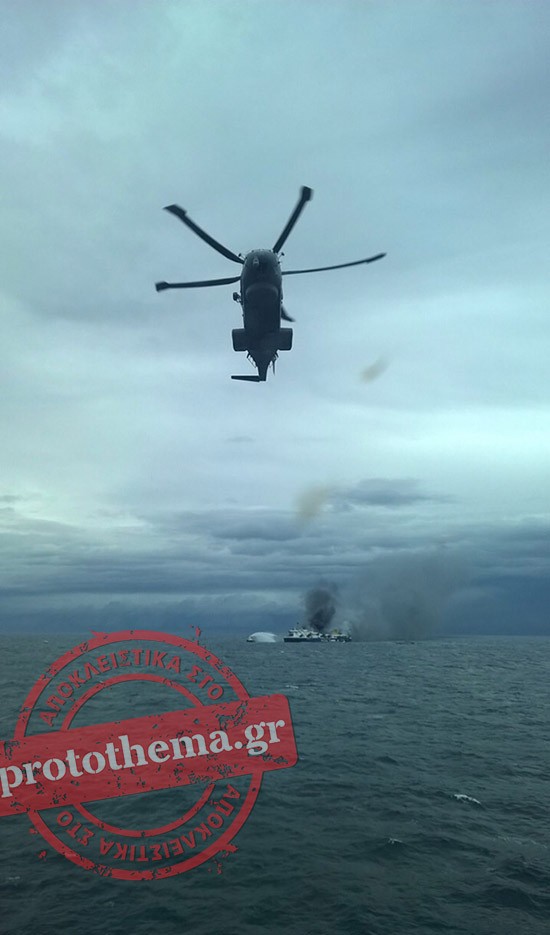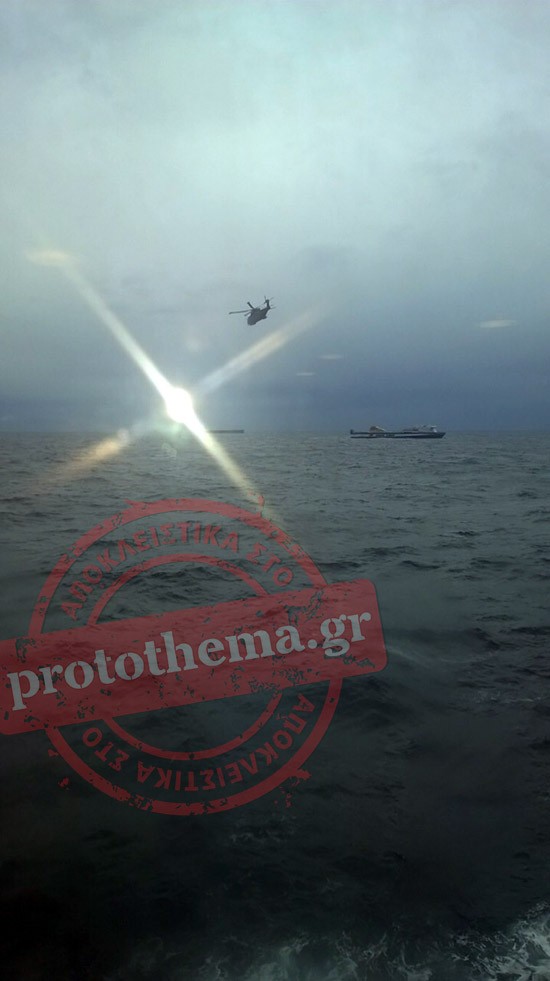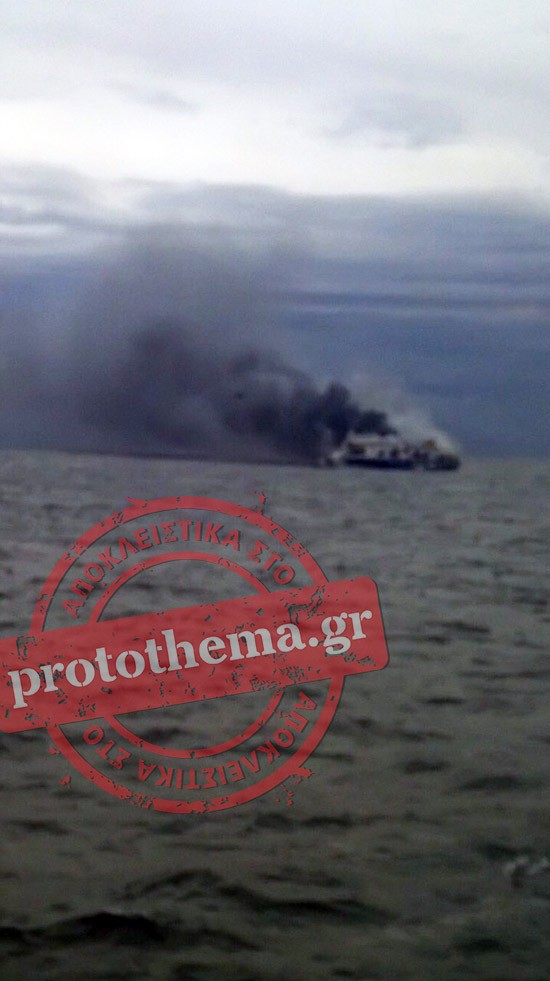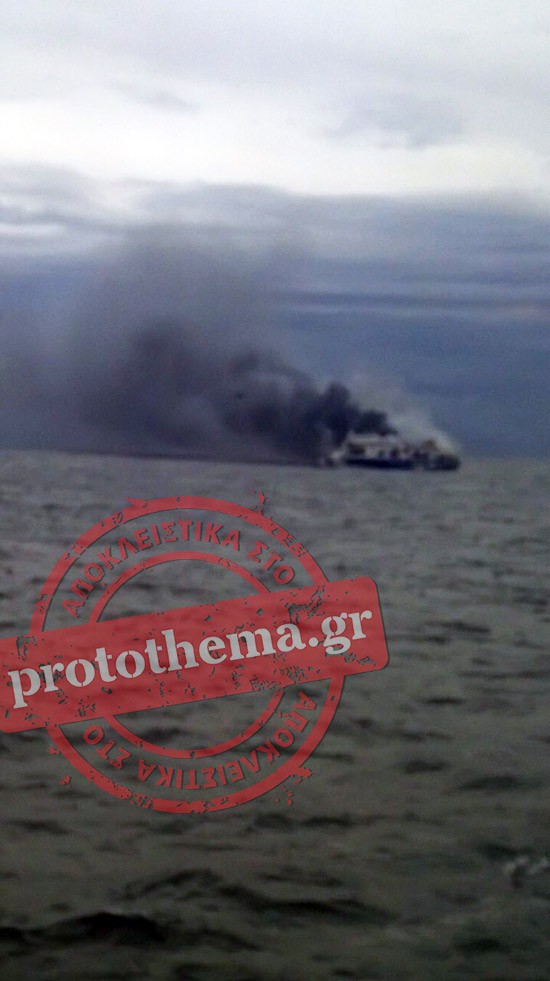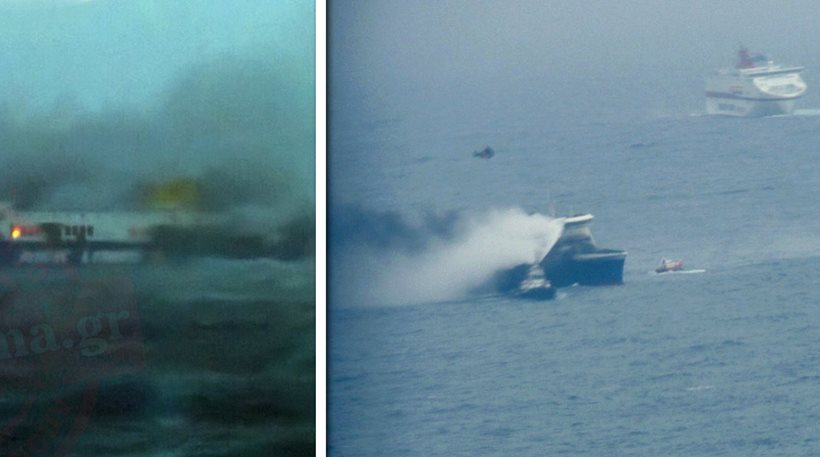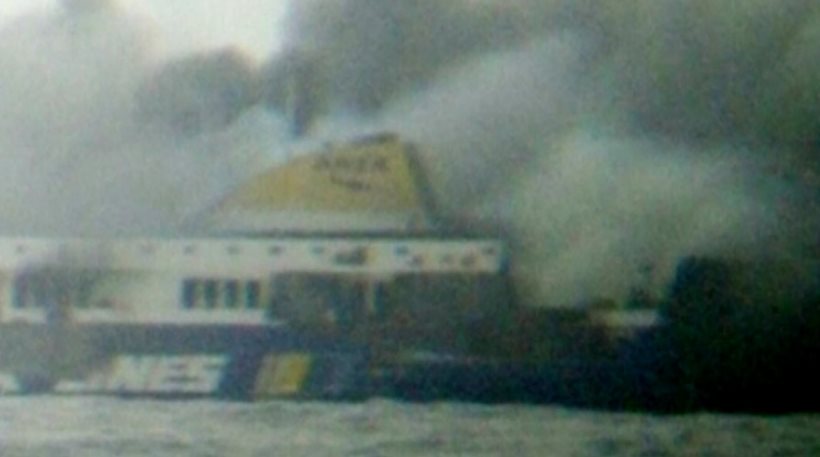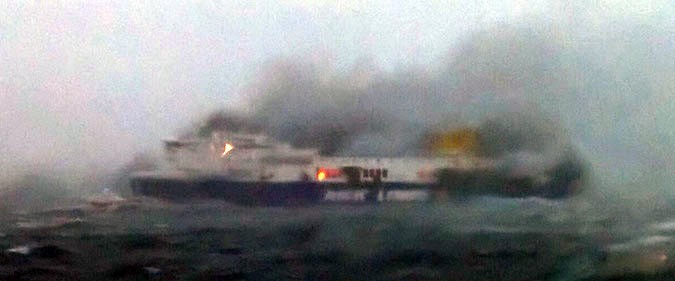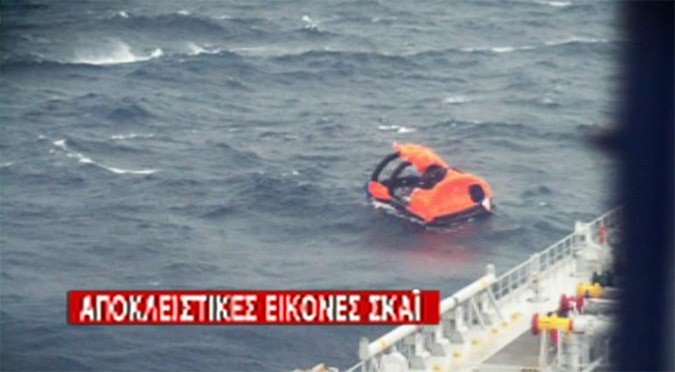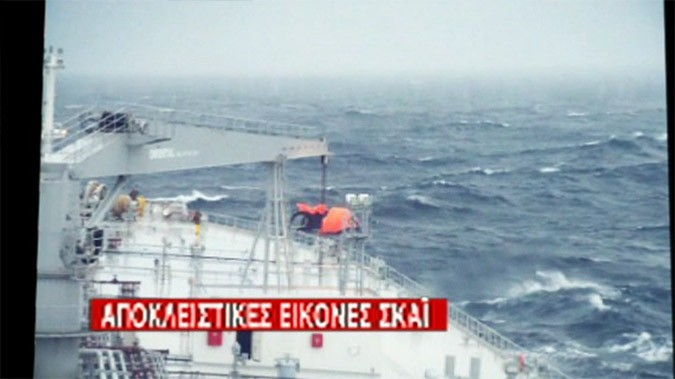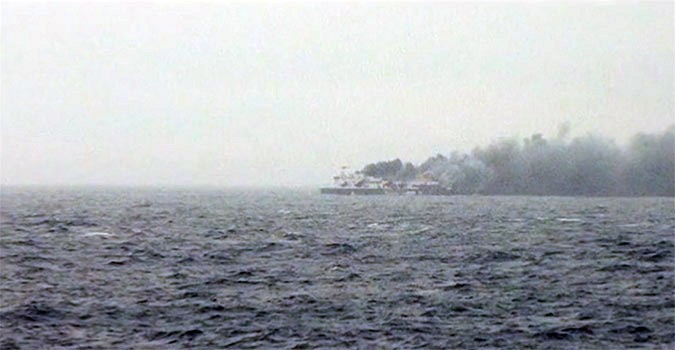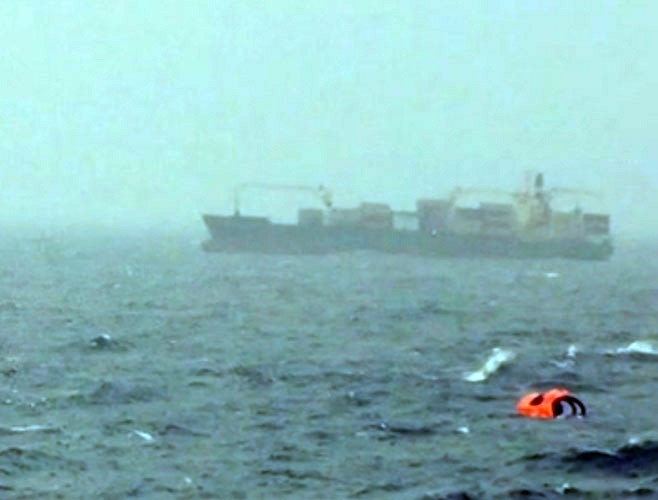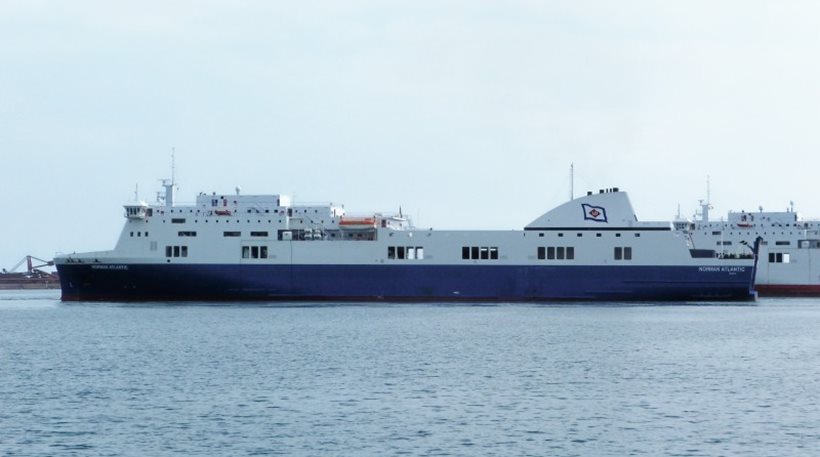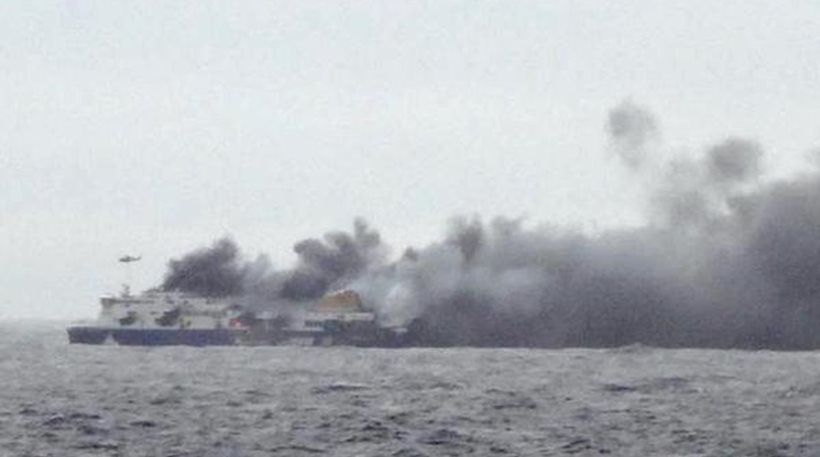A Greek Air Force C-130 is in Lecce airport, ready to receive shipwrecked Greeks from Norman Atlantic.
Meanwhile, the horror continues.
According to Greek government sources, the rescue will take place first, and the towing will then follow to either an Italian or Albanian port. At 21.30 pm, two helicopters began rescue attempts, a Greek Super Puma and an Italian Agusta, while the rescue is also aided with watercraft, since weather permits it. After 23.00, the rescue operation was reinforced by two Italian helicopters. The people on board have now gone to the fore bridge where their rescue can only be performed by air.
Statements from the first evacuees
Shocking statement to protothema.gr
One of the passengers, Nikos Papatheodosiou, describes from Norman Atlantic the dramatic situation to protothema.gr. “I don’t know where to hold on from, the ship is inclined, I can’t breathe from the smoke , help us, everyone has deserted us” was shouting desperate down the phone. The passengers give a brutal battle against raging winds and flames as the night approaches. Helicopters of the Italian armed forces and a Super Puma of the Greek Air Force are trying to transfer hundreds of passengers from the deck of the Norman Atlantic to sail ships, but their efforts were hampered by extreme weather conditions.
Problems identified during inspection
Serious remarks for leaks, life-saving gear and emergency lighting of the passenger ferry Norman Atlantic were made by port authorities in Patras, after the routine ship inspection on December 19th. Port authorities had given the shipping company fifteen days to correct the problems. Among other deficiencies, problems were identified in the mechanisms of closing watertight doors that obviously affect the ship in emergency situations and had found that there was no clear plan for managing rescue operations on the ship. As shown in the document published by protothema.gr, port control revealed deficiencies in the ship’s emergency systems. Inspectors noted a lack in emergency lighting and reported a lack of sealing mechanisms on watertight doors.
Ask me anything
Explore related questions
